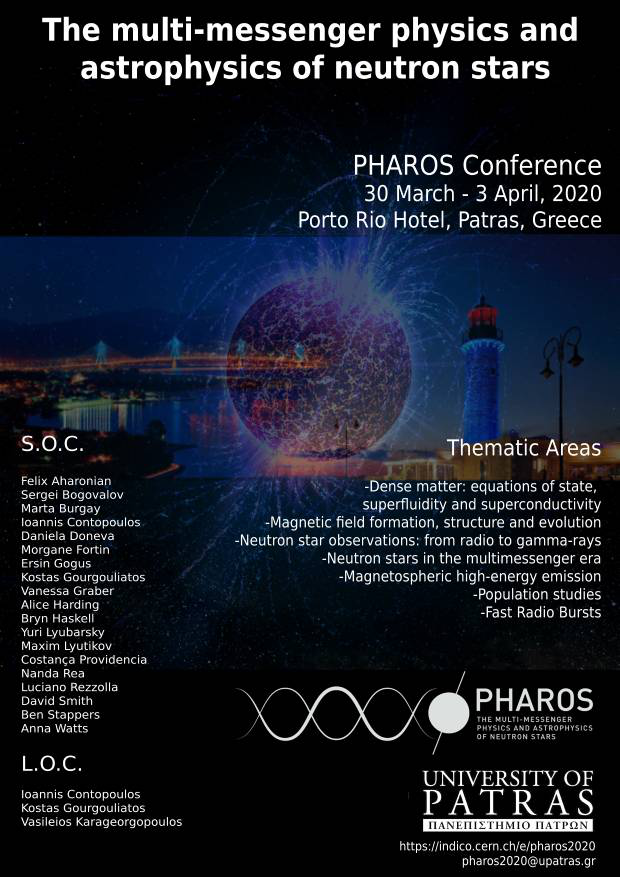Speaker
Description
The presence of strong magnetic fields in many compact objects, neutron stars in particular, as well as accretion disks, is key to understand their dynamical evolution and to explain the properties of their high-energy emission. The magnetic evolution inside the hosting relativistic plasma, is subject of complex behaviours: dynamo or chiral processes that can amplify any initial seed fields toward specific final configurations; quenching mechanisms; dissipation in thin current sheets and turbulent layers that are expected to take place in the magnetospheres of magnetars, pulsar and proto-neutron stars. Here we present a unified formalism for these non-ideal effects within the framework of 3+1 general relativistic magnetohydrodynamics (GRMHD) and the numerical algorithm adopted to stably solve those equations. We will also present numerical simulations obtained with the XECHO code, ranging from the kinematic to the full dynamical regime, including the role of quenching, and how the results relate to observed properties of compact systems.

